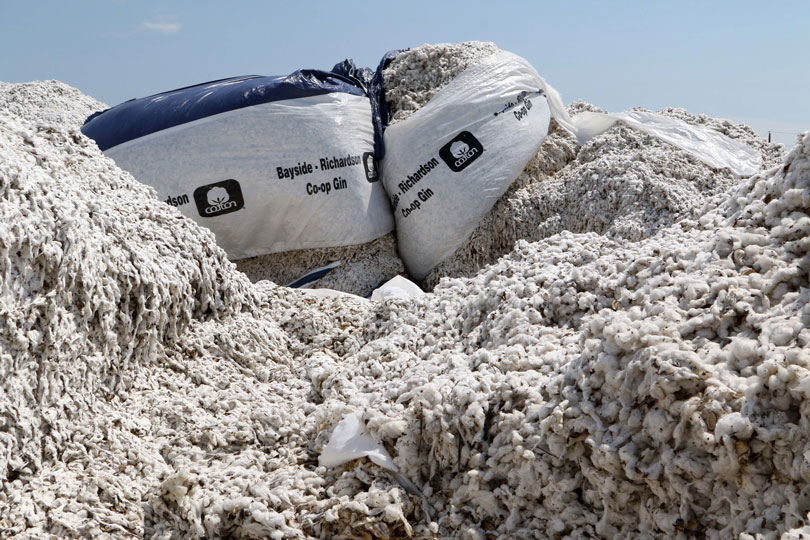By Justin Walker
Communications Specialist
The 2018 hurricane season forecast was released this month. Experts anticipate a busier than normal season but not as wild as 2017.
The forecast, issued by Colorado State University on April 3, called for a projected 14 named storms and seven hurricanes, two more named storms and one more hurricane than the long-term average. The three major hurricanes (Category 3-5) projected for 2018 is on par with normal hurricane seasons.
While the expected activity is slightly above average, it is a drop off from a wild and destructive 2017 season.
From 17 named storms came 10 hurricanes and six major hurricanes, one of which was Hurricane Harvey, which hit the Texas Coastal Bend before stalling over Southeast Texas and dumping massive amounts of rain in a short period.
Dr. Parr Rosson, an AgriLife Extension economist and recently-appointed interim director of the Texas A&M AgriLife Extension Service, said cotton was the worst hit commodity.
“Half of the damage, from an economic standpoint, came from cotton,” Rosson said. “Between cotton lint on the stalk, harvested bales and cottonseed, we lost roughly $100 million in that crop alone.”
Rosson said livestock losses totaled $93 million. The total not only includes cows and calves lost during the hurricane, but industry infrastructure as well.
Rice and soybean losses totaled $8 million. Fishing was also impacted, but they don’t have a basis to know the depth of its losses.
Despite the major damage sustained to several commodities, Rosson said the economy bounced back quite nicely. During a tour of the state he took in the early part of 2018, he traveled through the areas impacted most by Harvey and found what survived the storm thrived.
“The cotton that was left in the field in South Texas did pretty well considering what happened,” Rosson said.
The 2018 season is expected to be calmer than last year’s, but with projections slightly higher than average, could Texas experience a second major hurricane this year?
While it is impossible at this stage to project when a storm will form and where, if at all, it will hit land, Rosson said the lessons learned from previous storms will help Texans in the future, including with moving livestock.
“I can’t quantify it, but we should be in a better position for a future storm,” he said. “As hard as the lessons are, we have learned a lot.”

